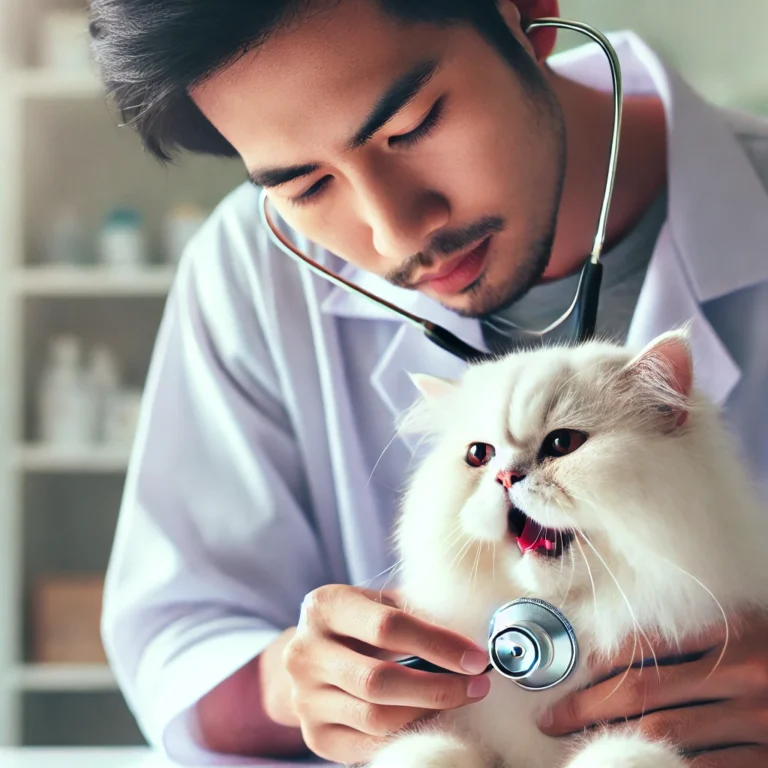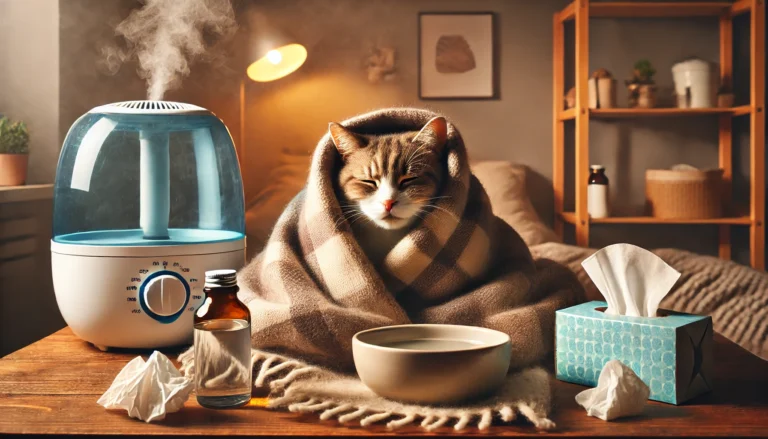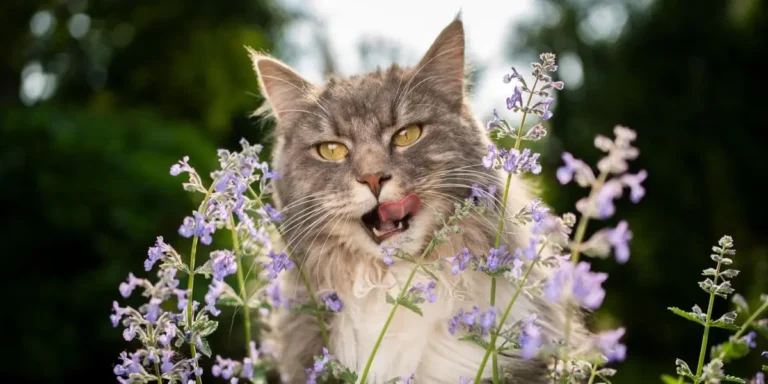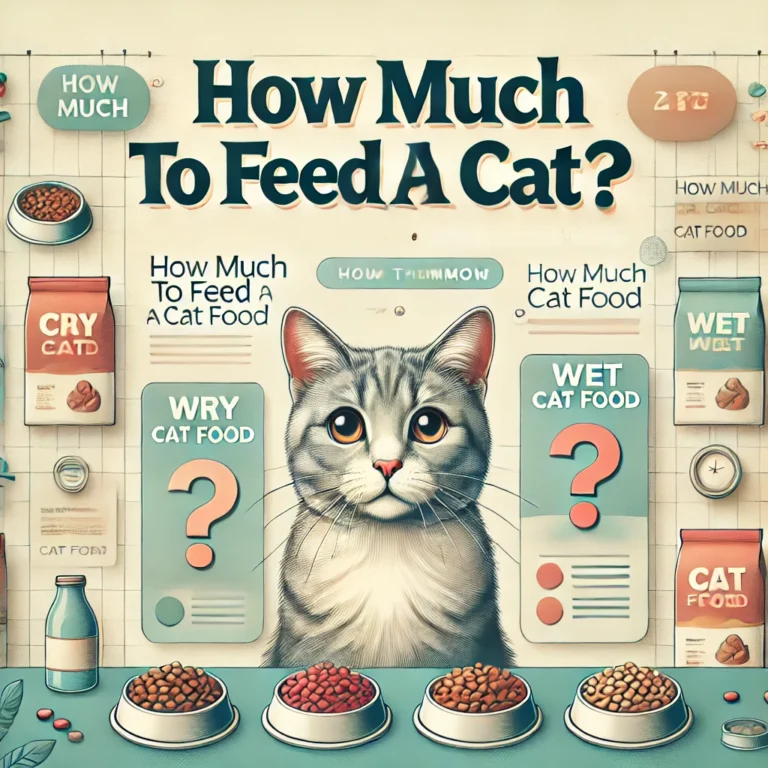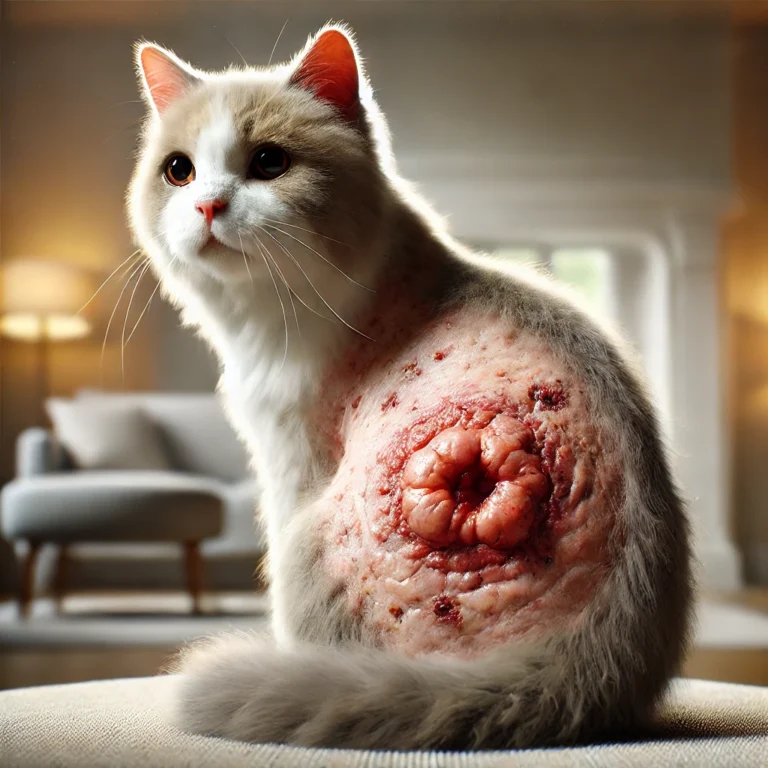6 Reasons Why Your Cat Is Not Eating and What To Do?
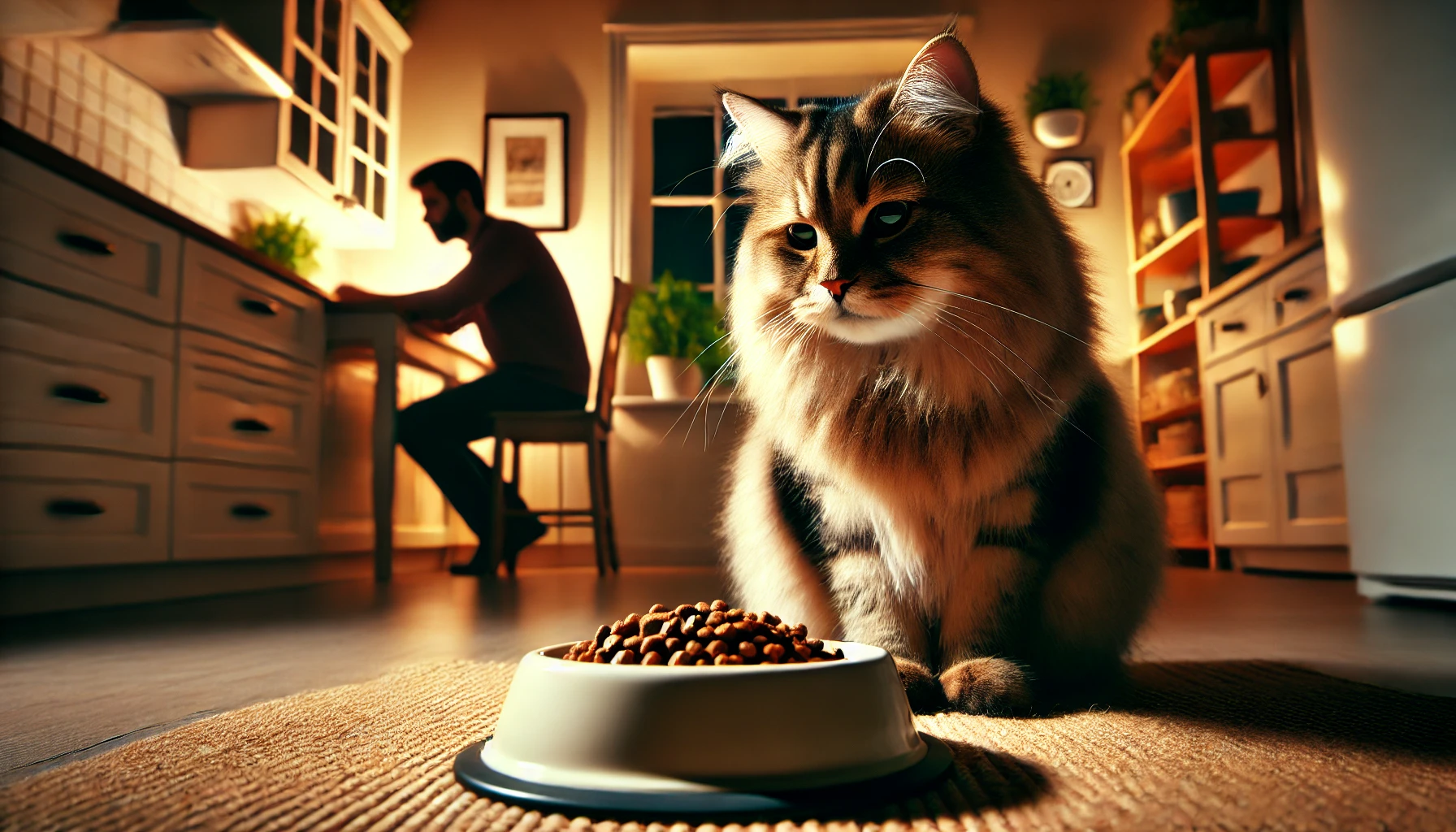
Introduction to Cat Is Not Eating
When your cat refuses to eat, it can be a worrying sign, especially since a lack of appetite can affect their health significantly. Cats can be picky eaters or may stop eating due to a variety of reasons from health issues to environmental changes. Here’s a detailed look at six common reasons why your cat might not be eating and practical steps you can take to address them.
1. Medical Conditions
Possible Causes:
- Dental Problems: Pain from gum disease or tooth decay can make eating painful.
- Illnesses: From kidney disease to respiratory infections, many illnesses can cause a cat to lose their appetite.
- Gastrointestinal Issues: Problems like constipation or gastrointestinal obstructions can turn your cat off food.
What to Do:
Visit your veterinarian if your cat’s appetite doesn’t return within a day or immediately if they show other symptoms like lethargy or pain. Vets might recommend tests, medications, or even surgery depending on the diagnosis. Regular health checks can preemptively address these issues before they lead to appetite loss.
2. Stress and Anxiety
Possible Causes:
- Environmental Stress: Changes such as moving house, new household members, or even rearranging the furniture can lead to stress.
- Routine Changes: Cats thrive on routine, and even small changes can unsettle them.
What to Do:
Minimize changes and maintain a quiet, comforting environment. Keep feeding routines consistent and ensure their eating area is safe and quiet. If anxiety is severe, consider anti-anxiety medications or supplements after consulting with a vet.
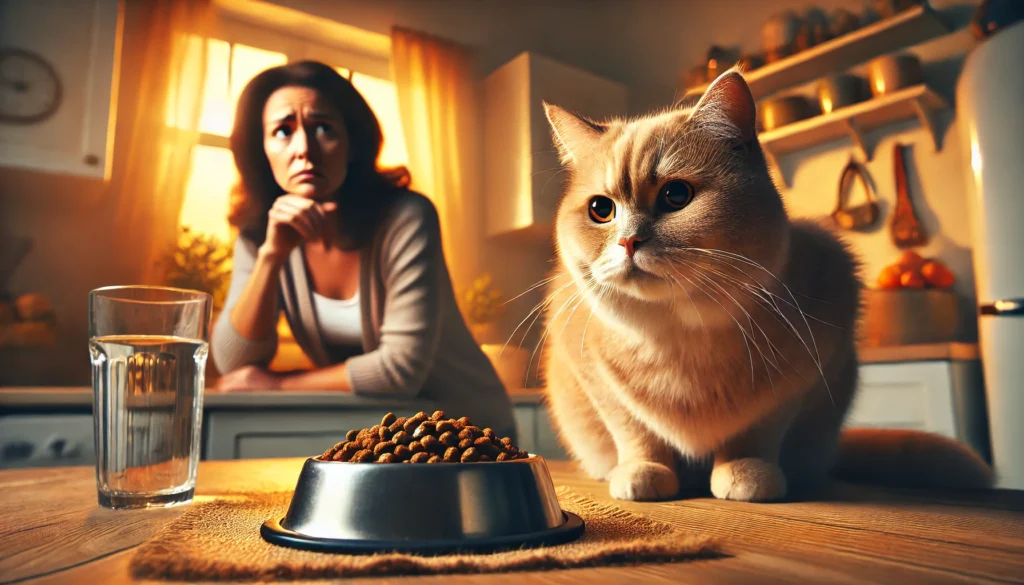
3. Dislike of Food or Diet Change
Possible Causes:
- Unpalatable Food: If you recently switched foods, your cat might not like the new taste, texture, or smell.
- Spoiled Food: Cats will refuse spoiled or stale food more often than not.
What to Do:
Revert to the old food if the new diet isn’t working out. Always introduce new foods gradually. Ensure the food is fresh and stored properly. If your cat prefers wet food, avoid serving it cold straight from the refrigerator.
4. Vaccinations or New Medications
Possible Causes:
- Recent Vaccinations: It’s common for cats to exhibit temporary lethargy and appetite loss after vaccinations.
- Medication Side Effects: Certain medications can reduce appetite as a side effect.
What to Do:
Monitor your cat closely if they recently received a vaccine or started a new medication. If the lack of appetite persists for more than 24 hours post-vaccination or seems severe, consult your vet. Adjustments or supportive care might be necessary.
5. Age-Related Changes
Possible Causes:
- Reduced Sense of Smell and Taste: As cats age, their senses can dull, making food less appealing.
- Chronic Conditions: Older cats often suffer from chronic illnesses that can decrease their interest in food.
What to Do:
Opt for highly aromatic foods that can entice an older cat to eat. Consult with a vet for a diet tailored to senior cats, possibly with supplements to support joint, kidney, and heart health. Regular vet visits are crucial to manage age-related issues effectively.
6. Behavioral Issues
Possible Causes:
- Territorial Disputes: Multi-cat households can sometimes lead to one cat bullying another away from food.
- Boredom or Disinterest: Cats can grow tired of the same food or may require stimulation.
What to Do:
Ensure all cats have separate food bowls and eating areas. Introduce variety into their diet or use puzzle feeders to make mealtime more engaging. Monitor interactions between cats to ensure no bullying or food guarding is occurring.
do you know
“When do puppies start to walk,” “when do puppies stop breastfeeding,” and key growth stages
Conclusion of Cat Is Not Eating
When your cat is not eating, it’s essential not to ignore this potential sign of distress or illness. While some causes might be straightforward to address, others could indicate serious health issues that require professional attention. Monitoring your cat’s eating habits, maintaining a consistent and stress-free environment, and regular veterinary care are key to ensuring your feline friend remains happy and healthy. If your cat continues to refuse food for more than a day or shows other concerning symptoms, seek veterinary care promptly to rule out serious conditions and get them back on track with their health.
What to do if my cat won’t eat?
Offer various foods, ensure a stress-free environment, and consult a veterinarian if the issue persists
Can an infection cause a cat to stop eating?
Yes, infections can decrease appetite by causing discomfort, pain, or fever.
Why is my cat not eating but seems fine?
It could be due to subtle issues like stress, minor digestive upset, or dislike of food this is why Cat Is Not Eating. Monitoring and a vet visit might be necessary if it continues.
How do I encourage Cat Is Not Eating?
Try warming the food, using aromatic foods like tuna or sardines, and ensure the feeding area is quiet and comfortable.
How can I increase my cat’s appetite naturally?
Enhance food palatability using natural flavors like fish oil or chicken broth, and consider probiotics to aid digestion.
How do I make my cat eat again?
Experiment with different foods, improve the mealtime environment, and consult your vet for appetite stimulants if needed.
Can a cat recover from not eating?
Yes, with appropriate veterinary treatment and supportive care,cat Is not eating and recover from periods of not eating.
How to tell if a cat is suffering?
Signs include changes in behavior, vocalization, or habits, lack of grooming, visible discomfort, or lethargy.
Is milk good for cats?
Most adult cats are lactose intolerant and may not digest milk well, which can lead to stomach upset.


